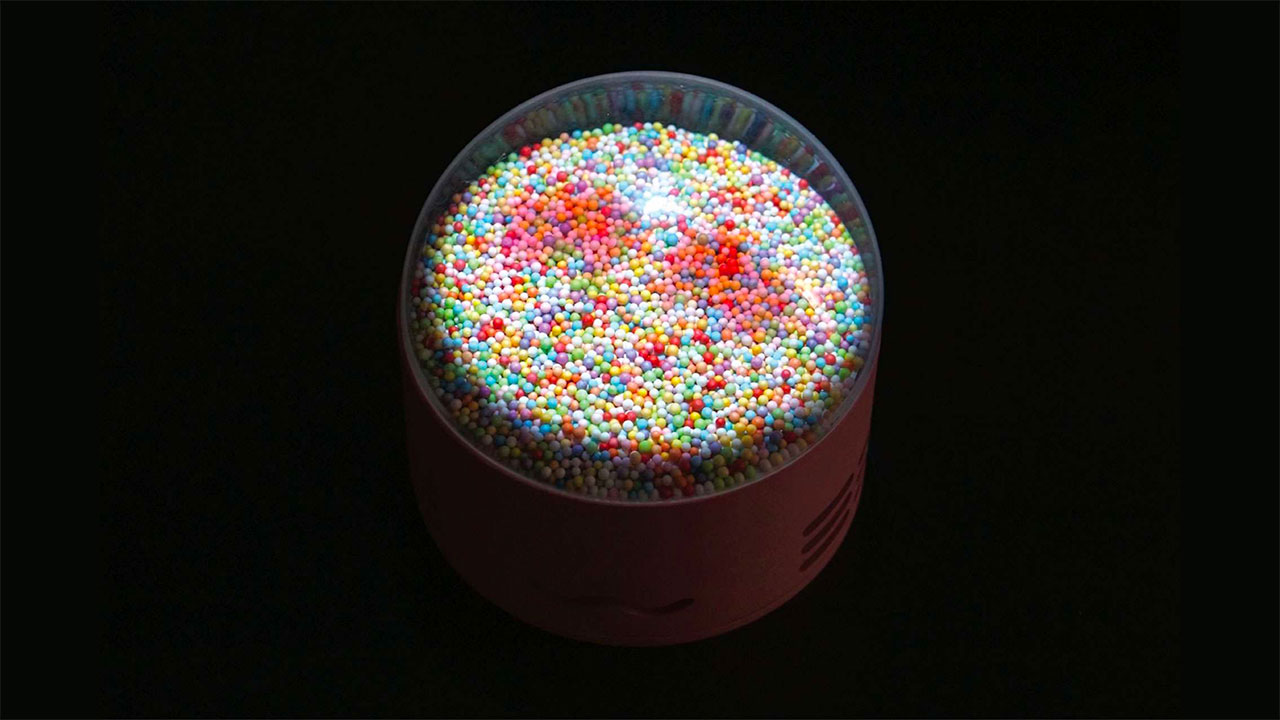Interview with Yangyi Tai from China

Interview with Aleksandr Volodkovich for Smart Residental Complex App
September 26, 2023
Interview with Jon Olsen from United States
September 26, 2023Interview With The 2023 MUSE Design Awards Winner – Yangyi Tai
My name is Yangyi Tai, and I have a strong background in design. I graduated from ArtCenter College of Design with a bachelor's degree in Interaction Design. During my undergraduate studies, I gained a solid foundation in various aspects of design, including user research, information architecture, prototyping, and user interface design. I had the opportunity to work on several projects that focused on creating intuitive and engaging user experiences across different digital platforms.
To further enhance my knowledge and skills in the field of design, I pursued a master's degree in Human-Computer Interaction at University College London. This program provided me with a deeper understanding of the relationship between technology and human behavior. I learned to apply principles of psychology and cognitive science to design effective and user-centered interactive systems.
Throughout my academic journey, I actively engaged in design research and collaborated with interdisciplinary teams to tackle complex design challenges. I developed a strong passion for creating designs that not only meet users' needs but also evoke positive emotions and make a meaningful impact on their lives.
In addition to my formal education, I have also participated in various design workshops, conferences, and industry events to stay updated with the latest design trends and practices. I continuously seek opportunities to refine my skills and explore new design methodologies.
My design background, combined with my passion for understanding users' needs and creating intuitive experiences, has equipped me with the ability to approach design projects holistically and deliver innovative solutions. I am excited to continue my journey as a designer, continuously learning and pushing the boundaries of design to make a positive and lasting impact.
I became a designer because I have always had a passion for creativity and aesthetics. The ability to bring ideas to life through design is incredibly fulfilling for me. What truly motivates me is the opportunity to make a positive impact on others through my designs.
Design has the power to evoke emotions, solve problems, and enhance experiences. By creating visually appealing and functional designs, I strive to bring joy, inspiration, and a sense of beauty to people's lives. Whether it's a visually captivating website, a thoughtfully crafted product, or an impactful piece of artwork, my goal is to create something that resonates with others and makes their lives better.
Design, for me is not just about creating visually appealing work but also about understanding the needs and desires of people and finding innovative solutions to meet them. It is about improving usability, accessibility, and overall user experience. By using my skills as a designer, I aim to contribute to making the world a better place, one design at a time.
Ultimately, the joy and satisfaction I derive from designing, coupled with the opportunity to positively impact others is what led me to choose this path as a designer. I believe that through design, we can create a more beautiful and meaningful world for everyone.
To me, "design" represents the intersection of creativity, problem-solving, and purpose. It is the process of intentionally creating something with a specific intent or goal in mind.
Design goes beyond aesthetics and visual appeal. It encompasses the thoughtful consideration of functionality, usability, and user experience. It involves understanding the needs and desires of people and finding innovative ways to meet them. Design is about improving and enhancing the way things work and how they are experienced.
Design is a powerful tool that has the ability to shape and influence our lives. It can evoke emotions, communicate messages, and drive meaningful change. Whether it's designing a product, a website, a space, or a piece of artwork, design has the capacity to transform ideas into tangible and impactful realities.
To me, design is not just a profession or a skill set but a mindset. It is a way of approaching challenges and opportunities with creativity and intention. It is about finding elegant and effective solutions that not only solve problems but also create meaningful experiences for the end-users.
In summary, design is the art and science of purposefully creating solutions that are visually appealing, functional, and meaningful. It is about making a positive impact on people's lives and shaping a better future through thoughtful and intentional design choices.
To me, a "good" design is one that successfully balances aesthetic appeal, functionality, and user experience to meet its intended purpose effectively. Here are some key factors that contribute to a good design:
Clear and Intuitive: A good design communicates its purpose and functionality clearly, making it easy for users to understand and interact with. It should have a logical and intuitive flow, minimizing the learning curve and enabling users to navigate and use the design effortlessly.
User-Centered: A good design puts the needs, preferences, and goals of the users at the forefront. It considers the target audience and strives to create a design that caters to their specific requirements. User research and feedback play a vital role in shaping the design, ensuring it addresses user pain points and provides a positive user experience.
Functionality: A good design is functional and serves its intended purpose effectively. It fulfills the tasks or solves the problems it was designed for, without unnecessary complexity or confusion. The design should be efficient, reliable, and capable of delivering the desired outcomes.
Aesthetically Pleasing: Visual appeal is an essential aspect of good design. It involves the thoughtful use of color, typography, imagery, and layout to create a visually harmonious and engaging experience. Aesthetics should not overshadow functionality but should complement it, enhancing the overall user experience.
Contextual Relevance: A good design considers its context and aligns with the brand identity, industry standards, and cultural norms. It should be relevant to the intended audience and the environment in which it will be used. Adapting to different platforms and devices while maintaining consistency is also crucial for a good design.
Innovation and Creativity: Good design pushes boundaries and introduces innovative solutions. It goes beyond mere replication of existing designs and seeks to bring fresh perspectives and unique approaches. It involves creativity in problem-solving, exploring new ideas, and challenging conventions to create something remarkable and impactful.
Ultimately, a good design is a harmonious blend of functionality, usability, aesthetics, and innovation. It strives to enhance the user's experience, solve problems effectively, and leave a positive and lasting impression.
Simplicity: My design emphasizes minimalism and clarity with a focus on removing unnecessary elements and reducing visual clutter. Clean lines, uncluttered layouts, and a restrained color palette contribute to a visually simple and elegant aesthetic.
Playful Touch: My design includes elements that bring a sense of playfulness, whimsy, or surprise. This could be in the form of unexpected interactions, creative illustrations, or clever use of typography. The playful touch adds an element of joy, engagement, and intrigue to the overall design.
Attention to Detail: Despite its simplicity, my design style pays careful attention to the details. Every element, from typography to spacing to color choices, is thoughtfully considered and crafted. This attention to detail ensures coherence, balance, and a polished overall presentation.
- Research
- User Personas and User Stories
- Information Architecture
- Wireframing
- Prototyping
- Visual Design
- Usability Testing
- Iteration
Children with autism live in a world where they are constantly overwhelmed with sensory stimulations. It is often hard for them connect to other people or focus on a single activity for a long time. Keep them engaged which is the second very difficult thing to do and use it to connect and teach them. That's why parents and therapists often use reinforces to teach the children. For some, it would be music. For other colors and lights or just vibration. Using these reinforces to teach rules or guidelines to the children is paramount as it helps them to understanding interact with the world around them.
we is an innovative physical-to-digital experience designed to help parents teach cognitive and emotional skills to kids through play. It is focused on making social interaction easier with the children's family and surroundings through multiplayer games as well as reducing anxiety and stress.
The biggest challenge with this project was designing for increased playfulness while considering the user's perspective.
The difficulty in adding more playfulness lies in maintaining a balance. While striving for playfulness, designers need to ensure that the design still meets user needs and expectations and provides a good user experience. Excessive playfulness can distract users and diminish the design's usability and functionality. Therefore, designers need to carefully weigh and adjust playful elements to ensure they don't interfere with core features and users' primary tasks.
The challenge of considering the user's perspective involves understanding their needs and behaviors. Each user has different backgrounds, preferences, and habits, so designers need to gain a deep understanding of users through methods such as user research, testing, and feedback collection. This requires an investment of time and effort to ensure that the design meets user expectations and provides an enjoyable experience.
Build a strong portfolio that showcases your best work.
Stay updated on design trends and technologies.
Continuously learn and improve your skills.
Seek feedback and collaborate with others.
Network and build connections in the industry.
Be passionate, authentic and empathetic in your designs.
Embrace failure as a learning opportunity.
Focus on effective storytelling in your designs.
Online tutorials and courses. Design blogs and websites. Design books and publications. Design communities and forums. Workshops and conferences. Mentorship programs. Design podcasts and YouTube channels. Online design communities for networking and feedback.
Winning Entry
we: connection beyond words | 2023
we is an innovative physical-to-digital experience designed to help parents teach cognitive and emotional skills to …
(Read more at MUSE Design Awards)
Yangyi Tai
Yangyi Tai possesses a robust design background, driven by an enduring passion for creativity and aesthetics. Her deep fulfillment comes from the power of design to breathe life into ideas.
Read more about this interview with Peiyang (Camille) Li from China, the Platinum Winner of the 2023 MUSE Design Awards.


